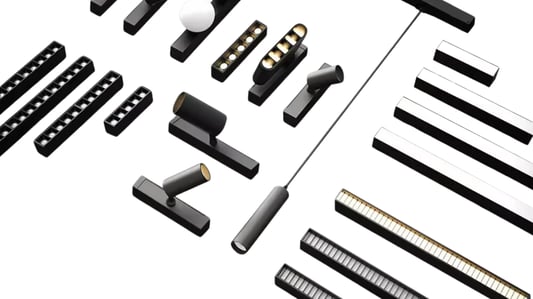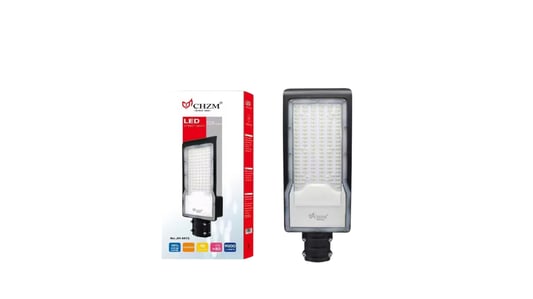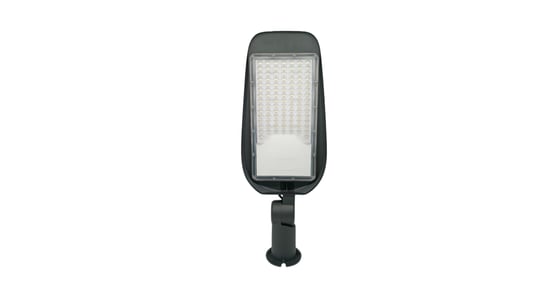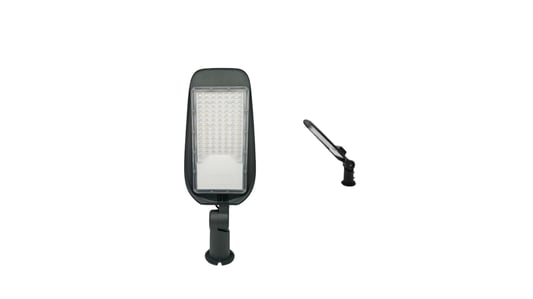IntroductionLighting is a critical aspect of office design and has a significant impact on employee productivity, health, and well-being. LED office lights have been found to be the best choice for commercial lighting because of their energy efficiency and cost-effectiveness. However, choosing the right LED Office Light Supplier requires careful consideration. This article will provide some tips for finding the best LED office light supplier for your business.Product QualityWhen looking for an LED office light supplier, product quality should be your top priority. Look for a supplier that offers high-quality LED lights that meet industry standards and have certifications that ensure they are safe and reliable. A reputable supplier will have a record of selling high-quality products and will be able to provide you with references from satisfied customers.PricePrice is an essential factor in choosing an LED office light supplier. You want to find a supplier that offers competitive prices without sacrificing quality. Look for a supplier that offers volume discounts and promotions to help you save money on your lighting costs. Be sure to compare prices from different suppliers before making your final decision.Customer ServiceGood customer service is another critical factor to consider when choosing an LED office light supplier. A good supplier should be responsive to your needs and provide excellent communication throughout the sales and purchasing process. Look for suppliers that offer warranties and guarantees on their products as this demonstrates their confidence in their products.Delivery TimeLighting is an essential aspect of your office, and you do not want to be left in the dark while waiting for your new LED lights to arrive. Look for a supplier that can deliver your products within a reasonable amount of time. The supplier should also be able to provide you with tracking information so that you can know the status of your order.Installation ServicesFind a supplier that offers installation services for your LED office lights. While it may be tempting to install the lights yourself to save money, it is best to have a professional install the lighting to ensure it is done correctly. A good LED office light supplier should have a team of experienced installers who can install your new lighting quickly and efficiently.Customization OptionsLook for an LED office light supplier that offers customization options to meet your specific lighting needs. Customizing your lighting can help you achieve the perfect balance of light and create a more comfortable and productive work environment. Whether you need different color temperatures or a unique configuration, a supplier that offers customization options can help you achieve your goals.Environmental ImpactBusinesses are increasingly concerned with reducing their environmental impact, and LED office lights are an excellent way to do so. Look for a supplier that offers energy-efficient LED lights that consume less power and produce less heat. A reputable supplier should have an environmental policy that demonstrates their commitment to sustainability.After Sales SupportAfter-sales support is an integral part of any purchasing decision, and LED office lights are no exception. Look for a supplier that offers after-sales support such as maintenance, repair, and replacement services. An excellent LED office light supplier should have a dedicated customer service team that can help you solve any issues that may arise with your lighting.Industry ExperienceFind an LED office light supplier that has experience working in your industry. Each industry has its unique lighting needs, and a supplier that understands those needs can provide the best solutions. Ask for references from businesses in your industry and do some research to find a supplier that has a proven track record in your industry.ConclusionChoosing the right LED office light supplier is crucial for creating a productive, healthy, and energy-efficient work environment. When looking for an LED office light supplier, be sure to consider product quality, price, customer service, delivery time, installation services, customization options, environmental impact, after-sales support, and industry experience. By following these tips, you can find the best LED office light supplier that meets your needs and budget.Quote InquiryIf have any questions, please let us know asap!










